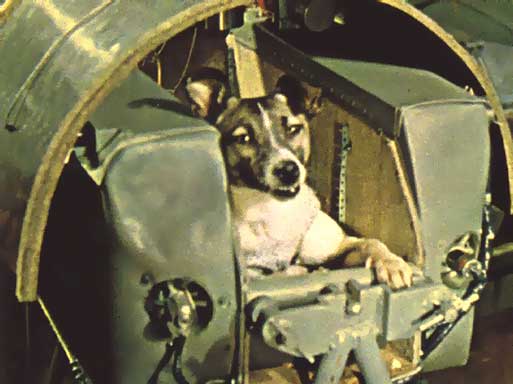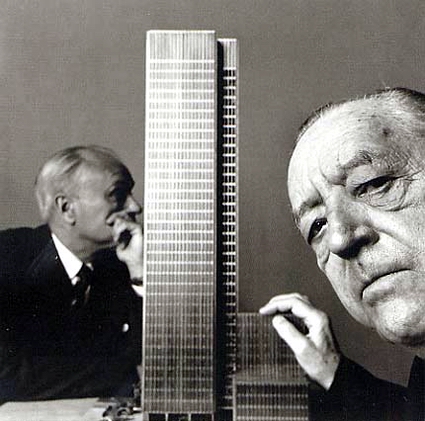From a fascinating, brief portrait by Andrew E. Kramer of the New York Times of a space-age city in decline, a remnant of the collapsed Soviet Union that maintains vital importance as one of two active space-launch sites in the world:
“Baikonur, in remote western Kazakhstan, was once the pride of the Soviet Union, the home of the Baikonur Cosmodrome, the launching site of Sputnik, the dog Laika and the first man in space, Yuri Gagarin. But today, nomadic herders from the nearby steppe are moving into abandoned buildings.
That is just one of the signs of the city’s long fade into the sunset of post-Soviet social and economic problems, which are all the more remarkable given that much of the world, including the United States, still relies on Baikonur for manned space launchings. The only other site for such liftoffs is in Jiuquan, in the Gobi Desert in China.
‘It’s painful for me to think of my town,’ Anna Khodakovskaya, the editor of the local newspaper, said of its glum state. The first cellphones appeared here in 2004; the first M.R.I. machine in 2011. ‘We are not ahead of the planet in anything but space,’ she said.”
•••••
A video about Laika, the first animal to orbit Earth. She did not have a happy return like Ham the AstroChimp.



